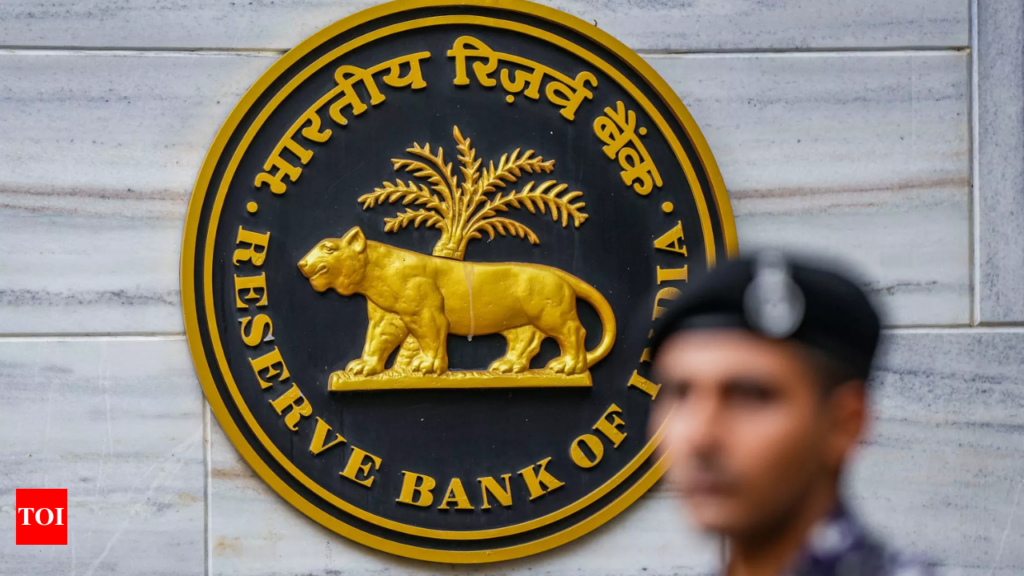MUMBAI: The Reserve Bank of India’s (RBI’s) intervention to stem the rupee’s depreciation has narrowed the difference between the currency’s opening and closing significantly to 5-7 paise in the last week. Since December, the difference has been in the band of 10-20 paise.
Market participants said that the intervention, which has led to steady sales of $1-2 billion per day in the spot market, is a signal that the central bank is willing to defend the rupee. Before that, the rupee had fallen to almost 88 (87.956 on February 10) to a dollar. Forex traders said that the regulator has been active in both onshore and offshore markets. In addition, it has also been active in the non-deliverable forwards (NDF) market.
The RBI’s net dollar short forward position, the amount of dollars that will be sold at a future date for a pre-set price, hit an all-time high of $68 billion in December. The increase in the forward book shows a shift in strategy to defend the rupee against dollar. “On Tuesday, the RBI has approximately sold around $2 billion in the spot market to ensure that the rupee did not breach the 87/$ mark again,” said a forex trader at a state-owned bank.
On February 11, the local currency rose nearly 1%, its biggest gain since November 2022, triggering stop-losses among rupee bears. The central bank intervened across spot and forward markets, traders said. This intervention has led to a sharp recovery in the rupee, with dollar/rupee retreating from nearly 88 to around 86.65 in the spot market.
Data suggests that the RBI’s forex reserves have declined sharply by over $75 billion since September 27, while the rupee depreciated from 83.70 to 87.96 against the dollar on February 10. Between April and November 2024, the central bank sold gross dollars of $195.6 billion, with the rupee remaining in the range of 84-86 against the dollar.
According to Bloomberg data, the local currency has depreciated by 3.60% since September, which is relatively lower than other major currencies such as the Japanese yen, Canadian dollar, British pound, Australian dollar and euro.
Despite continuous effort from the RBI, the rupee remained under pressure, as foreign investors exited the domestic equity market in droves.
“The central bank wanted to slow down the speed of rupee’s depreciation and has been selling dollars to contain the currency’s fall. The RBI will follow the strategy of selling dollars and continue with its presence the NDF and OTC (over the counter), and futures,” said Anil Kumar Bhansali, head of treasury at Finrex Treasury Advisors.
Source: The Financial Express

 Sectoral Growth, Tech To Power India’s $23-35 Trillion ‘Economic Vision’: Report
Sectoral Growth, Tech To Power India’s $23-35 Trillion ‘Economic Vision’: Report 